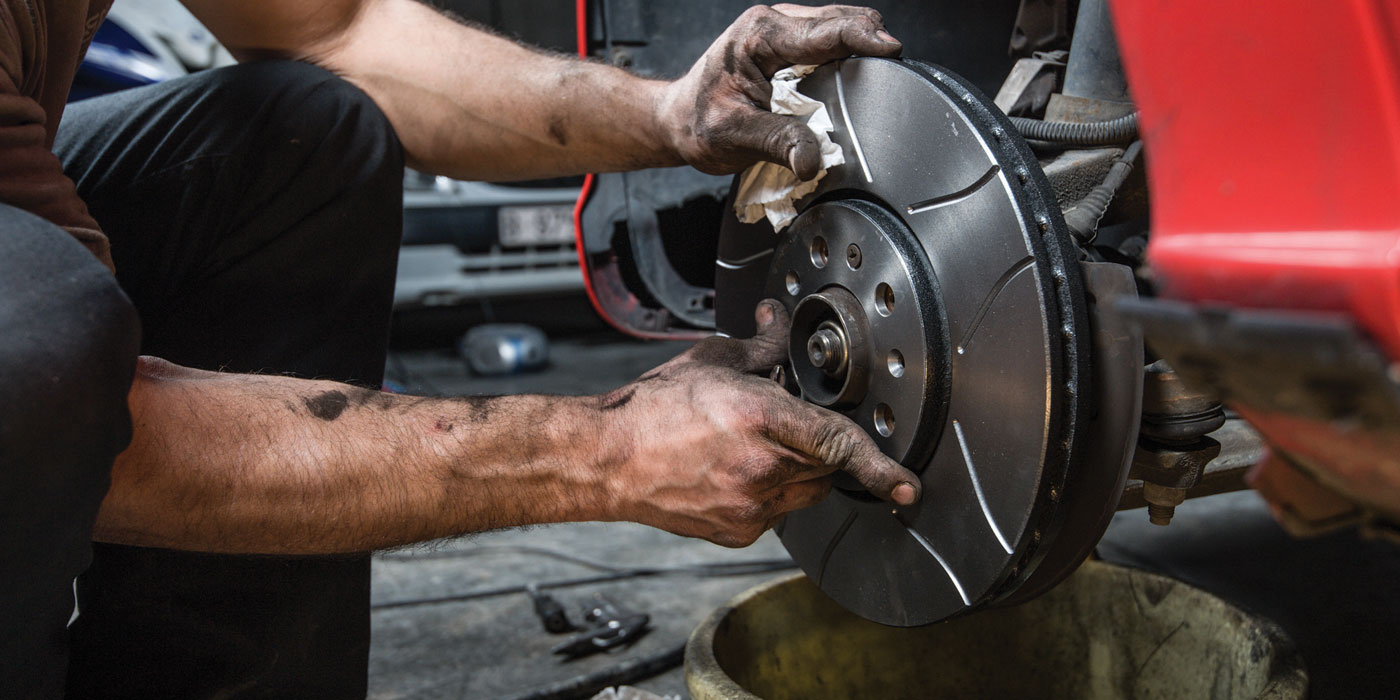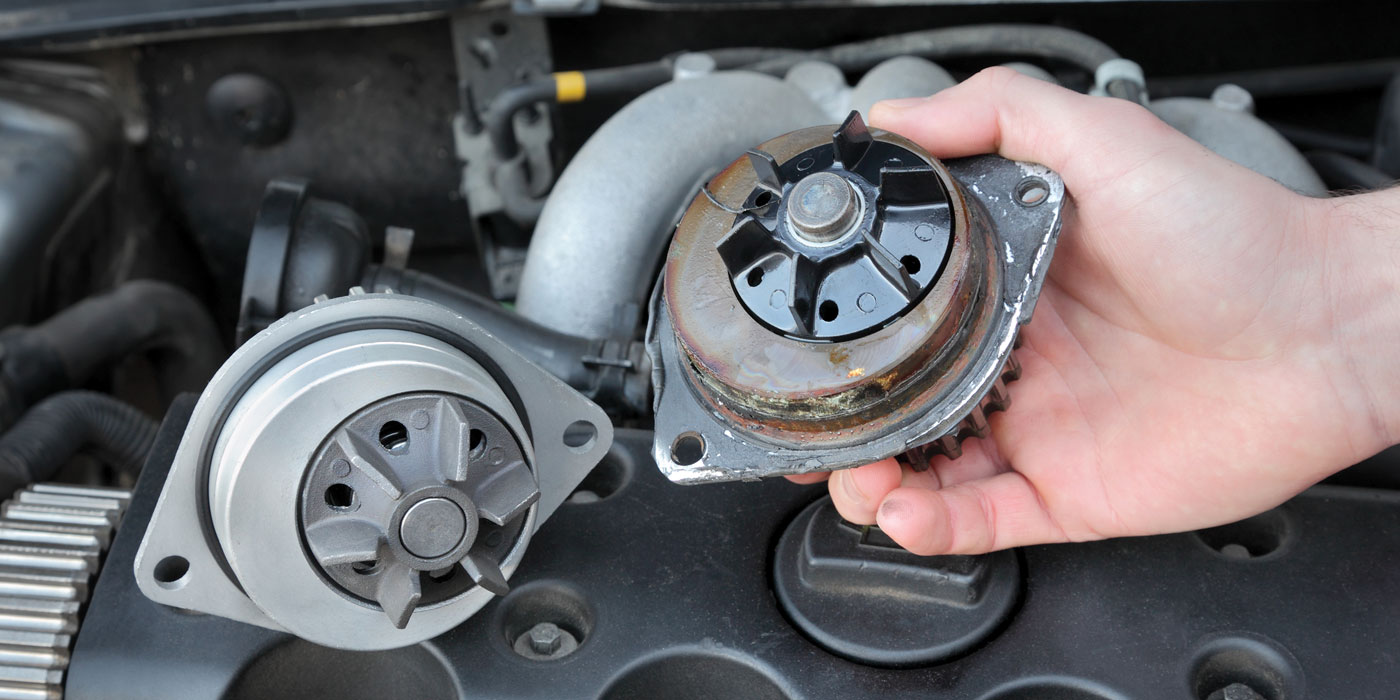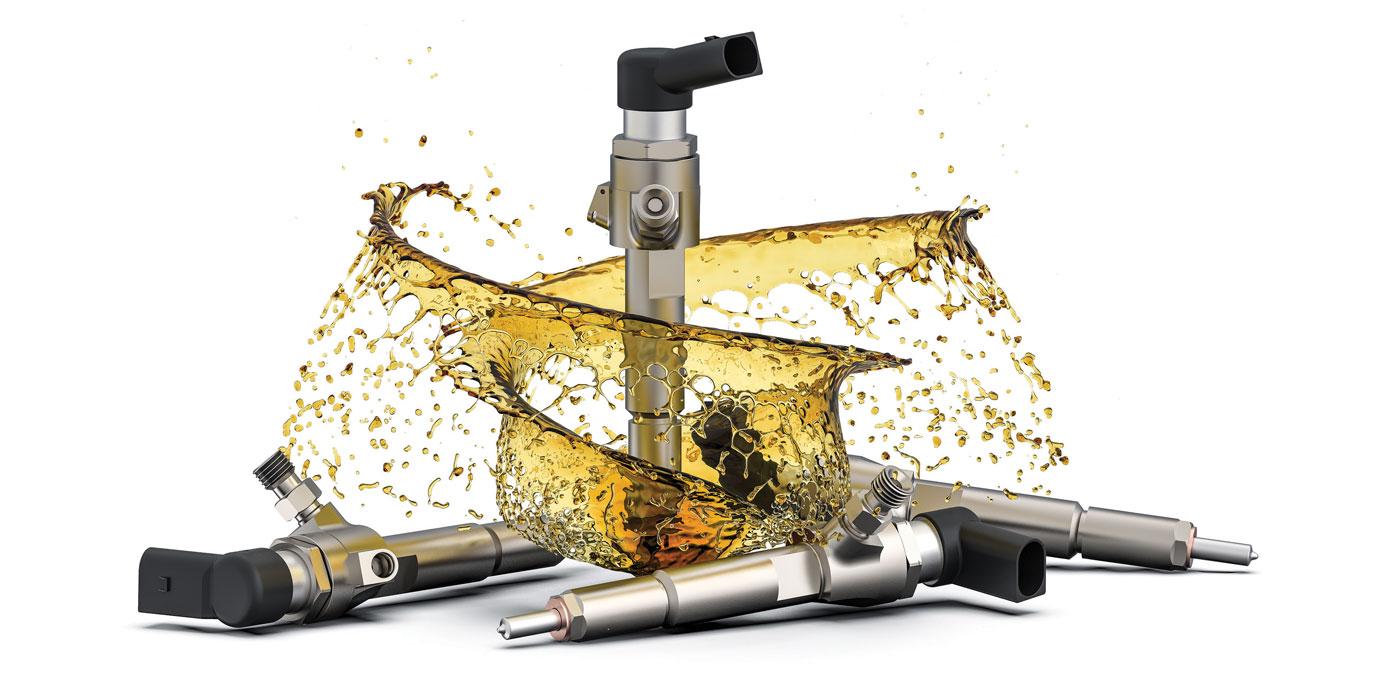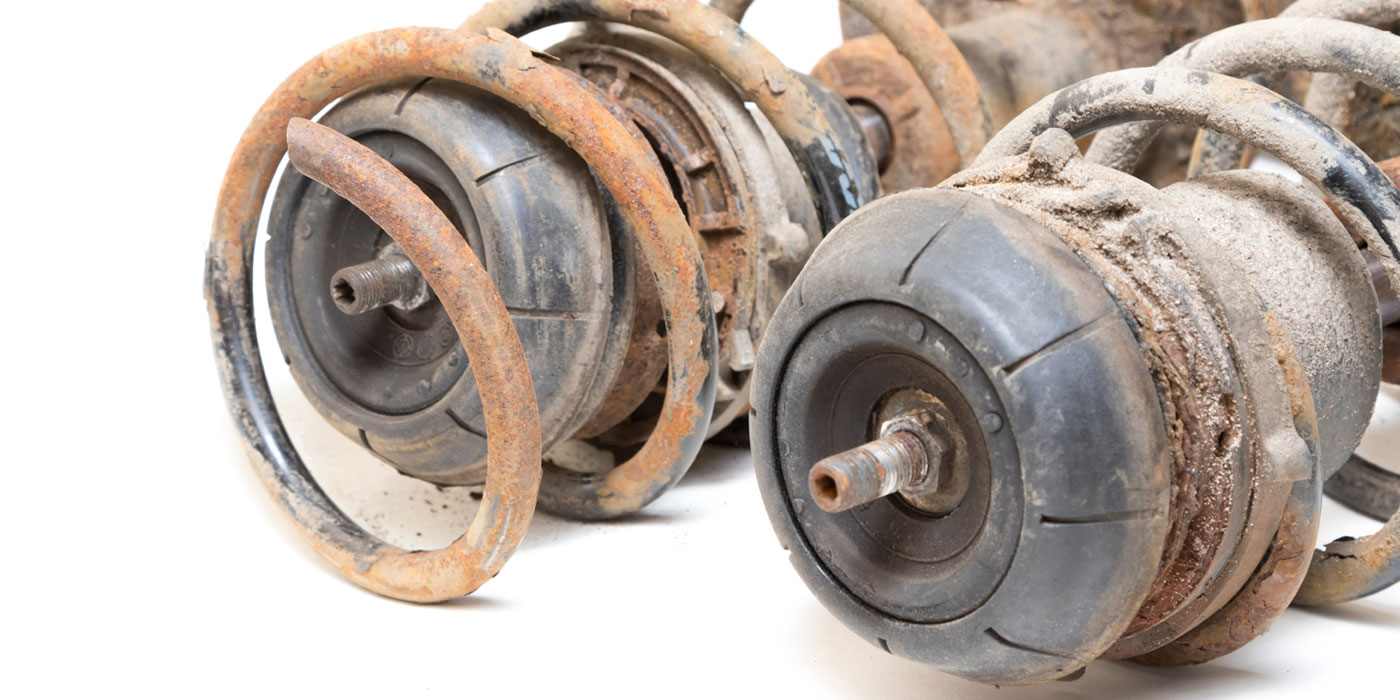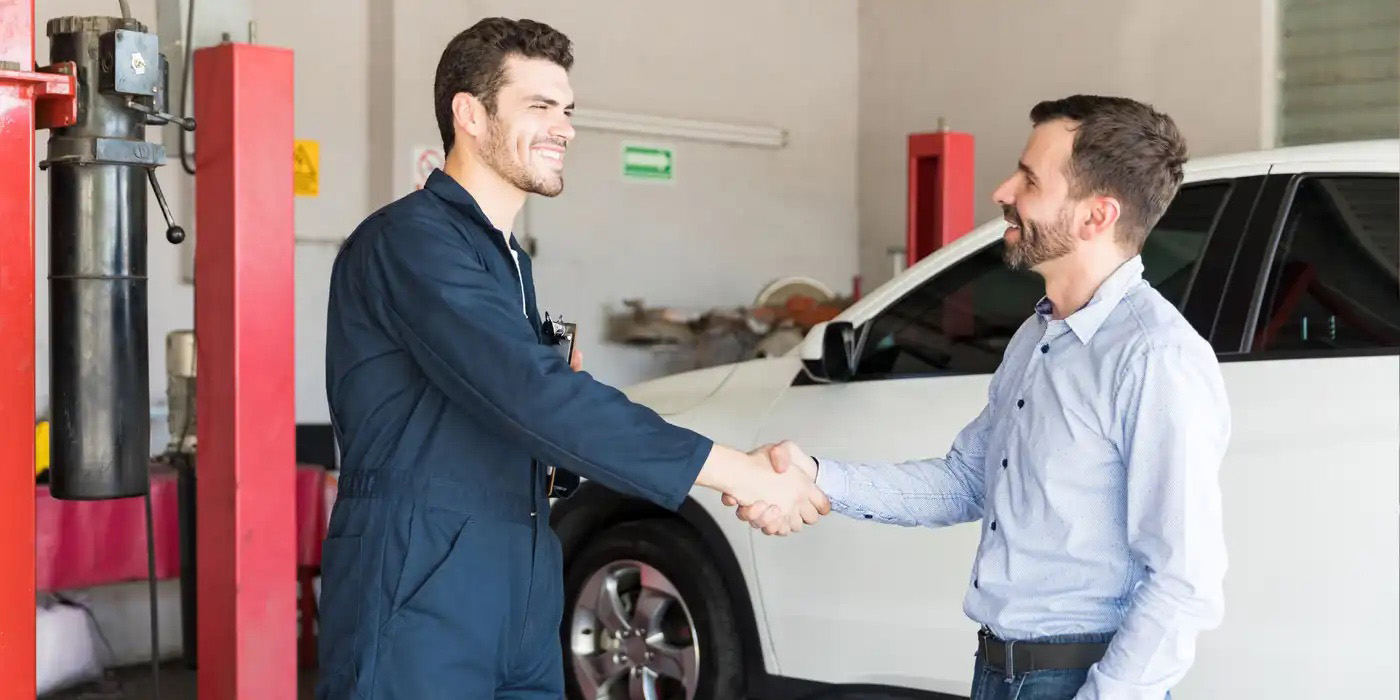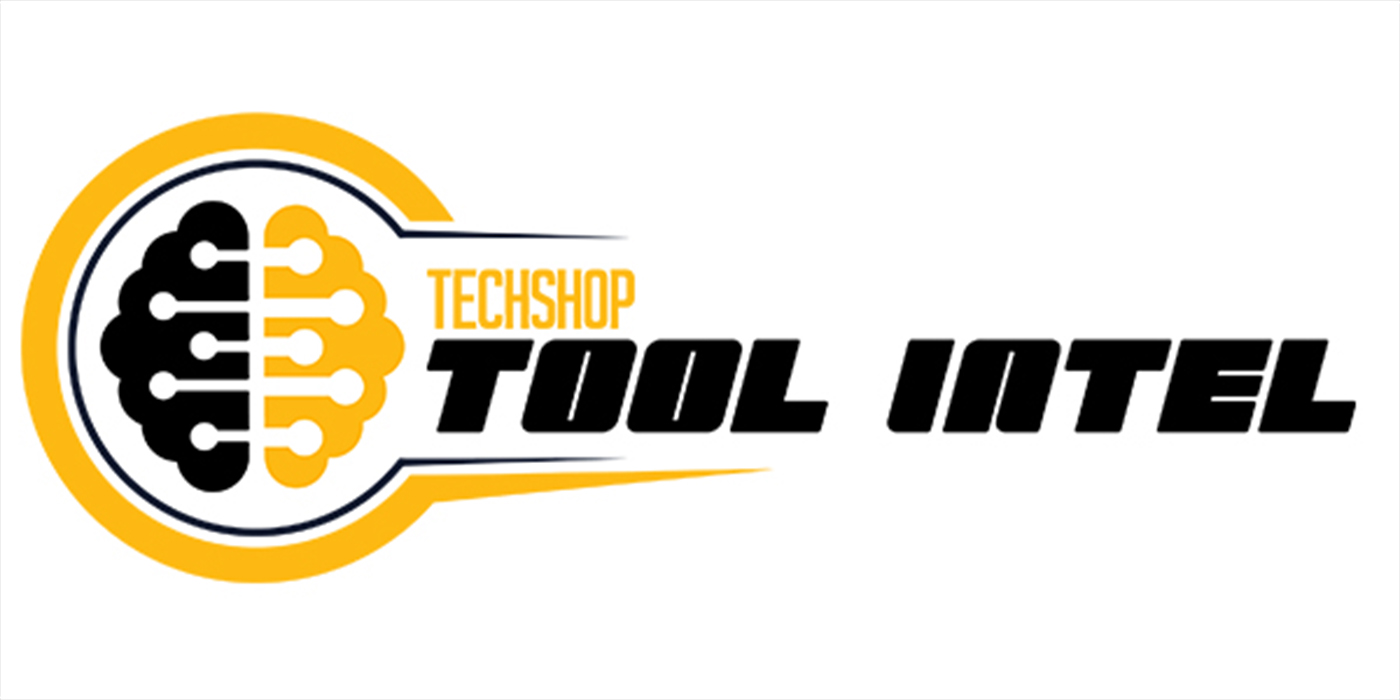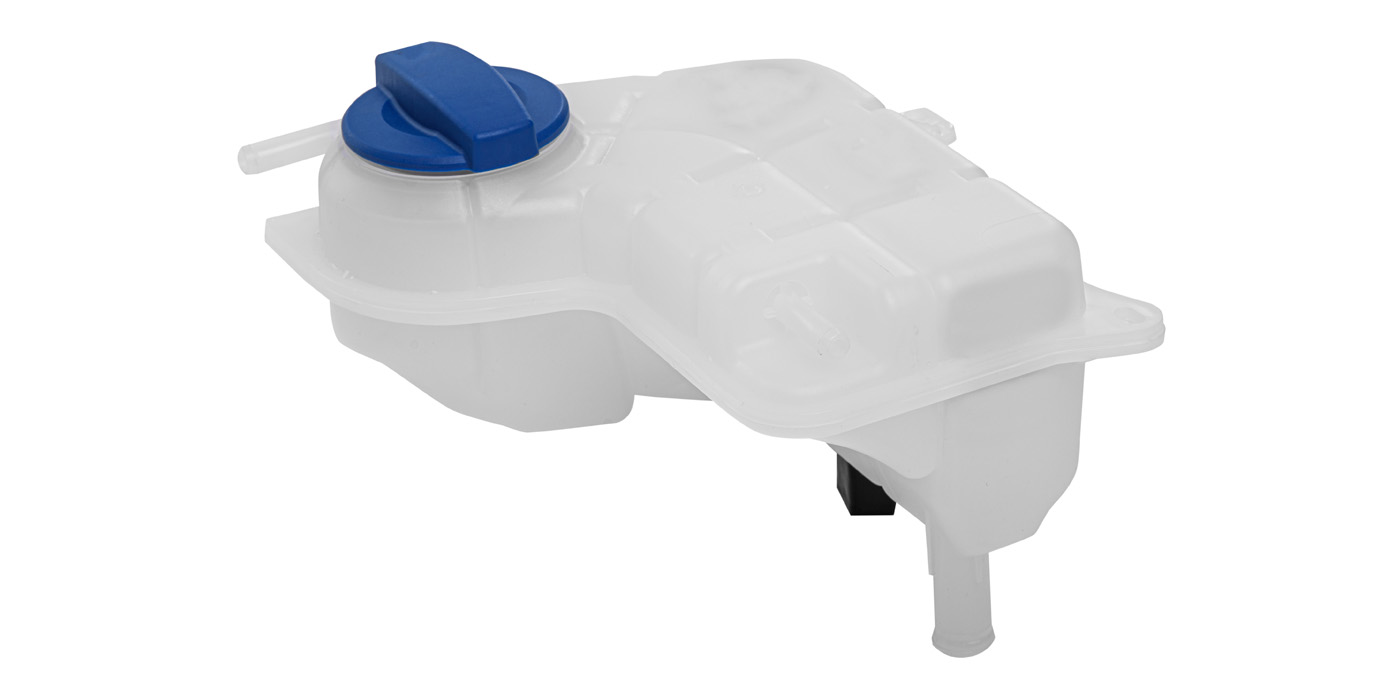It hasn’t been many years ago that a parts distributor’s support consisted solely of a little metal sign placed in front of an independent shop advertising that, indeed, there was a mechanic on duty who performed “tune-up, brake, shock, muffler, and lubrication” services. But when on-board electronics entered the automotive service market during the 1980s, many service dealers lacked the technical knowledge needed to diagnose and repair the new electronic feedback carburetors and throttle body fuel injections. Many shops also lacked the management training needed to establish profitable pricing structures in the new technical climate. In the interim, automotive service chain stores and franchises began to displace the corner gas station as a primary service provider and challenge the side-street independent repair shops for market dominance.
TECHNICAL AND MARKETING CHALLENGES
In response to the challenge of new technologies and markets, programmed distribution groups began applying a business services approach that kept their independent dealer shops competitive in what had become a highly commercialized market. On a broad scale, these business services included supplying computer-based management systems, multi-media technical training, “deep” discounts on replacement parts, nationwide part warranties, national marketing, customer referral and other essential services that enable independent shops to compete with new car dealerships, chain stores and franchises.
Currently, these group technician programs provide the managerial and technical discipline to elevate the managerial and technical levels of many independent dealers. Many dealer shops have advanced from operating at a subsistence level to a level of true profitability and financial growth. Given that group technician programs have the ability to increase the profitability and viability of the average independent repair shop, what other technical and marketing challenges might they now face?
ELECTRONIC BODY CONTROLS
For what it’s worth, electronic body controls and vehicle telematics are two relatively new “groundswell” technologies that have the potential to affect all independent service shops and group technician programs. Networked electronic body control computers are increasingly being used to operate comfort control, door lock, window, lighting, vehicle security, ride control, vehicle stability control, collision avoidance, and other systems.
To illustrate how these systems are networked together, the vehicle security or anti-theft computer might lock the doors when the owner issues the command from his vehicle’s key fob. The body control computer might also command the doors locked when the vehicle speed exceeds 15 mph. Or the air bag computer might command the doors unlocked after an accident when the air bags are deployed and the vehicle comes to rest. In this illustration, three different computers are responsible for the doors being locked or unlocked.
Body control electronics will become a marketing issue for the aftermarket because, as body control and module-operated systems continue to proliferate, the need to use OE equipment and information systems to configure body control modules will become greater. The relatively inexpensive J-2534 computer reprogramming equipment currently available to independent shops can reprogram the engine’s powertrain control module (PCM) for emissions control issues, but may not be able to configure other on-board computers and modules to an individual vehicle chassis. OE scan tools and PC-based information systems are retailing around $8,000 per manufacturer. Servicing high-end vehicle platforms can cost as much as $35,000 for the OE’s hardware and software applications.
The cost of OE hardware, software, and Web site subscriptions will obviously affect the profitability and technical viability of many independent shops. The shops least affected are the nameplate specialists who, in most cases, find the costs of OE tooling and information to be a great bargain.
The shops most affected will be the small one, two, or three-mechanic general repair shops who find that establishing a satisfactory return on investment (ROI) on specialized equipment to be a perhaps risky and expensive venture. These shops are, by the way, the most likely to comprise the bulk of any group technician program’s wholesale customer list.
Until aftermarket equipment manufacturers provide a more universal and economic method of reprogramming or reconfiguring body control computers and modules, then body control electronics will continue to be an issue that potentially threatens the ability of an independent shop to market itself as a state-of-the-art facility. In still another scenario, the new technology of telematics might enable auto manufacturers to reconfigure body control modules via satellite communications, but that remains a separate and distant issue at this time.
THE IMPACT OF TELEMATICS
Telematics will have a much less predictable effect on group technician programs because, although telematics has been in use since the 1990s, only recently has telematics been able to fully exploit its potential capability via cellular telephone and Internet technology. The “perfect” marriage of cell phones and the Internet in recent years has further added to the utility of GPS and telematics by allowing vehicle owners with instant communications to the outside world. While the potential uses of telematics are too many to be individually enumerated in this space, suffice it to say that telematics provides vehicle owners with instantaneous communications and allows vehicle manufacturers to monitor the vehicle’s location and operating condition.
The capability of auto manufacturers to constantly monitor vehicle condition is of the utmost concern to the aftermarket. Because vehicle manufacturers now have the ability to unlock vehicle doors, predict routine maintenance needs, diagnose electronic failures, or instantly locate a vehicle that has been stolen or has suffered an air bag deployed accident, it stands to reason that dealerships have a built-in marketing advantage over aftermarket service providers.
With that said, it’s also important to understand that a variety of telematics systems and capabilities are now being supplied by aftermarket manufacturers. On the one hand, aftermarket telematics systems might find the means to become commercially viable by allowing aftermarket service providers access to vehicle maintenance needs. On the other hand, aftermarket parts and service segments might find themselves challenging the legality of the marketing advantage provided to OE service providers.
At this point, it’s also difficult to gauge how well telematics will be supported by a majority of vehicle owners. While polling indicates that many owners potentially support the concept and conveniences of telematics, user feedback indicates that many owners don’t renew their annual telematics subscription fees. A recent change in communications protocol has rendered many early systems obsolete and, because their vehicles have aged and depreciated, owners are often unwilling to spend additional money to upgrade their systems.
Public acceptance and economic viability are the key issues in whether vehicle telematics has a major effect on the aftermarket and on group technician programs in particular. To maintain their future market share, program group technician programs must obviously secure the right to present themselves and their customers as a viable service opportunity for vehicle owners. Without achieving that vital step, members of group technician programs might well find themselves servicing an older and declining number of pre-telematic vehicles.
AWAY INTO THE FUTURE
Obviously, the independent service sector will continue to face technical and marketing challenges similar to those it faced when on-board electronics were introduced during the 1980s. On the whole, most shops joining group technician programs have prospered. But, as mentioned above, the costs of modern vehicle technology is driving many independents into vehicle specialization, which requires little, if any, support from groups other than OE suppliers.
The issues posed by body control electronics and telematics are the challenges of the current decade. Group technician programs are one of the few entities in the aftermarket service sector that have the financial and political clout to address how these issues will be resolved in the not-so-distant future. Only time will tell if group technician programs will continue to provide the structure required for an independent shop to deal with these and other technical issues.


